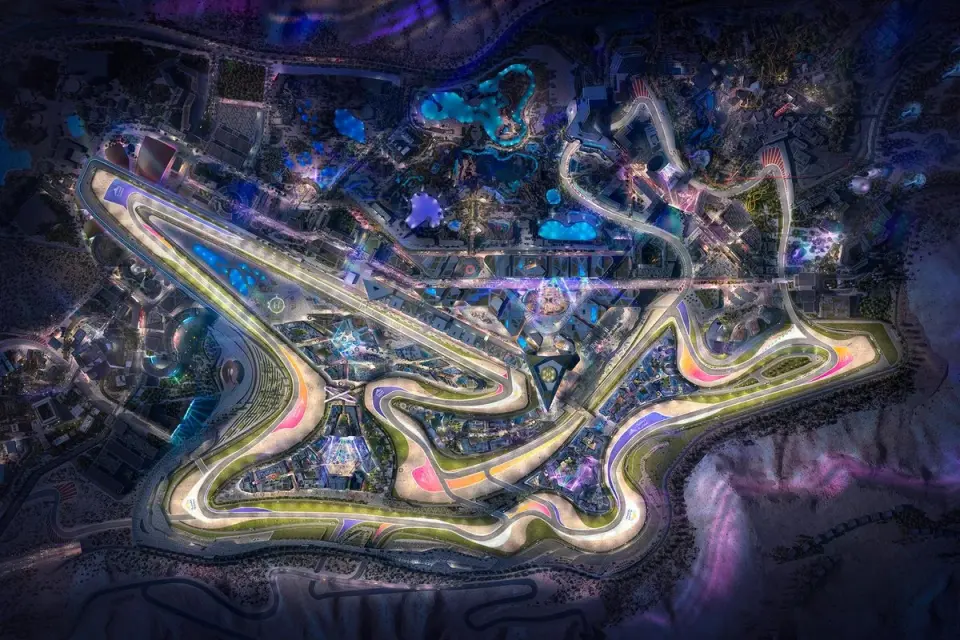Qiddiya Circuit Transformation: Saudi Arabia’s Vision 2030 Unveils a New Era of Motorsport and Tourism
Saudi Arabia’s ambitious Qiddiya Circuit project, extending beyond a Formula 1 race track, is set to become a bustling city with diverse attractions. Spearheaded by Saudi Motorsport CEO Martin Whitaker, this initiative is a key component of the ‘Vision 2030’ plan, aiming to revolutionize tourism and sports in the region.
Key Takeaways:
- A Visionary Project: The Qiddiya Circuit, costing half a billion dollars, is envisioned by Saudi Motorsport CEO Martin Whitaker as more than just a Grand Prix venue. It’s a multifaceted hub for tourism and sports, aligning with Saudi Arabia’s ‘Vision 2030’ strategy.
- Unwavering Commitment: Saudi Arabia’s dedication to the project stands out, especially considering past unsuccessful ventures in other countries. Whitaker highlights the comprehensive approach towards ensuring the circuit’s all-round development and success.
- Relocation and Innovation: The Saudi Arabian Grand Prix will move from the Jeddah Corniche Circuit to the state-of-the-art Qiddiya Circuit, featuring unique track characteristics and extensive facilities, further bolstering the country’s sports development initiatives.

Saudi Motorsport CEO Martin Whitaker has confirmed the proposed half-a-billion-dollar Qiddiya Circuit as an integral part of Saudi Arabia’s ‘Vision 2030’ initiative. Unlike traditional F1 circuits, Qiddiya Speed Park is designed to be a city in itself, promising an array of attractions for tourists and sports enthusiasts. Whitaker emphasized the circuit’s adaptability for various sports and the government’s strong commitment to the project. He made a stark comparison to South Korea’s Mokpo GP project, which struggled with high costs, showcasing Saudi Arabia’s distinct approach and determination.
The Saudi Arabian Grand Prix is set to shift from the Jeddah Corniche Circuit to the upcoming Qiddiya Circuit, offering unique features like 21 corners, a 108-meter elevation difference, three DRS zones, and a significant 70-meter incline at the first corner, named the ‘Blade’. Whitaker expressed his confidence, stating, “It’s definitely happening,” and elaborated on the project’s broader scope, extending beyond F1 racing to encompass various sports, entertainment, residential, and retail sectors.
Whitaker’s commitment to the project reflects the Saudi government’s resolution to achieve their goals. He remarked, “Once they commit to doing something, that’s it. It’s happening. There’s no turning back.” This determination differentiates the Qiddiya project from less successful ventures like South Korea’s and India’s Buddh International Circuit.
The Qiddiya Circuit also signifies a growing focus on grassroots sports development within Saudi Arabia. Whitaker discussed plans to establish new race circuits, kart tracks, bike tracks, off-road facilities, and academies for young enthusiasts. These initiatives aim not just at fostering racers but also at nurturing engineers and technicians, in partnership with local universities, further cementing Saudi Arabia’s evolution as a sports and tourism destination.

